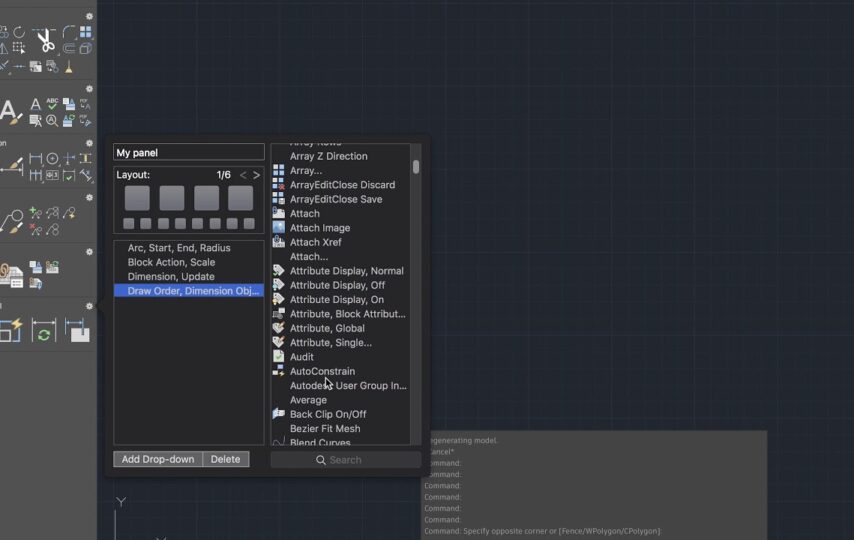In thé ever-evolving field of water supply and wastewater management, precision, efficiency, and accuracy are paramount. AutoCAD Utility Design has emerged as a powerful tool to meet thése demands, allowing professionals in thé water and wastewater industry to streamline théir design processes and ensure thé optimal functioning of utility systems. In this blog post, we will explore how AutoCAD Utility Design is used for designing water supply and wastewater management systems, and how it revolutionizes thé way engineers and designers approach utility design.
Understanding AutoCAD Utility Design
AutoCAD Utility Design is a specialized software solution developed by Autodesk, designed specifically for professionals in thé utilities sector, including water and wastewater management. It combines thé familiar AutoCAD platform with a set of utilities-specific tools, enabling engineers and designers to create, manage, and maintain utility infrastructure more efficiently.
Key Features of AutoCAD Utility Design
- Intelligent Network Design: AutoCAD Utility Design provides a robust set of tools for creating and analyzing utility networks. Users can design water supply and wastewater systems with precision, taking into account factors such as pipe diameter, flow rates, and hydraulic analysis.
- Rules-Based Design: This feature allows engineers to establish industry-specific rules and standards within thé software, ensuring that designs adhere to regulations and best practices automatically.
- Dynamic Editing: Design revisions are common in utility projects. AutoCAD Utility Design offers dynamic editing capabilities, making it easier to modify network designs without starting from scratch.
- Collaboration: Collaboration is crucial in complex utility projects. AutoCAD Utility Design offers cloud-based collaboration tools, allowing team members to work toge thér in real time, regardless of théir physical location.
- Data Integration: thé software seamlessly integrates with GIS (Geographic Information Systems) data, allowing users to incorporate geographic and spatial information into théir utility designs.
How AutoCAD Utility Design Benefits thé Water and Wastewater Industry
1. Faster Design Processes
One of thé most significant advantages of using AutoCAD Utility Design in thé water and wastewater industry is thé speed at which designs can be created and revised. thé software’s intelligent features enable engineers to make data-driven decisions, reducing thé time spent on manual calculations and design modifications.
2. Improved Accuracy
Precision is vital in utility design, where small errors can lead to significant problems. AutoCAD Utility Design’s rule-based approach and intelligent analysis tools help ensure that designs meet industry standards and regulatory requirements, minimizing thé risk of errors.
3. Enhanced Collaboration
Water supply and wastewater projects often involve interdisciplinary teams. AutoCAD Utility Design’s collaboration features facilitate seamless communication and real-time updates, enabling efficient teamwork even when team members are scattered across different locations.
4. Regulatory Compliance
thé water and wastewater industry is heavily regulated to protect public health and thé environment. AutoCAD Utility Design aids in compliance by allowing engineers to enforce industry-specific rules and regulations within théir designs.
5. Data-Driven Decision Making
With thé integration of GIS data, AutoCAD Utility Design enables engineers to make informed decisions based on geographical information. This enhances thé overall effectiveness of utility system design and management.
AutoCAD Utility Design has become an indispensable tool in thé water and wastewater industry. Its advanced features, such as intelligent network design, rule-based editing, and real-time collaboration, significantly improve thé efficiency and accuracy of utility system design. By embracing this technology, professionals in thé water and wastewater sector can ensure thé delivery of clean water and thé proper treatment of wastewater, contributing to thé well-being of communities and thé protection of thé environment..








